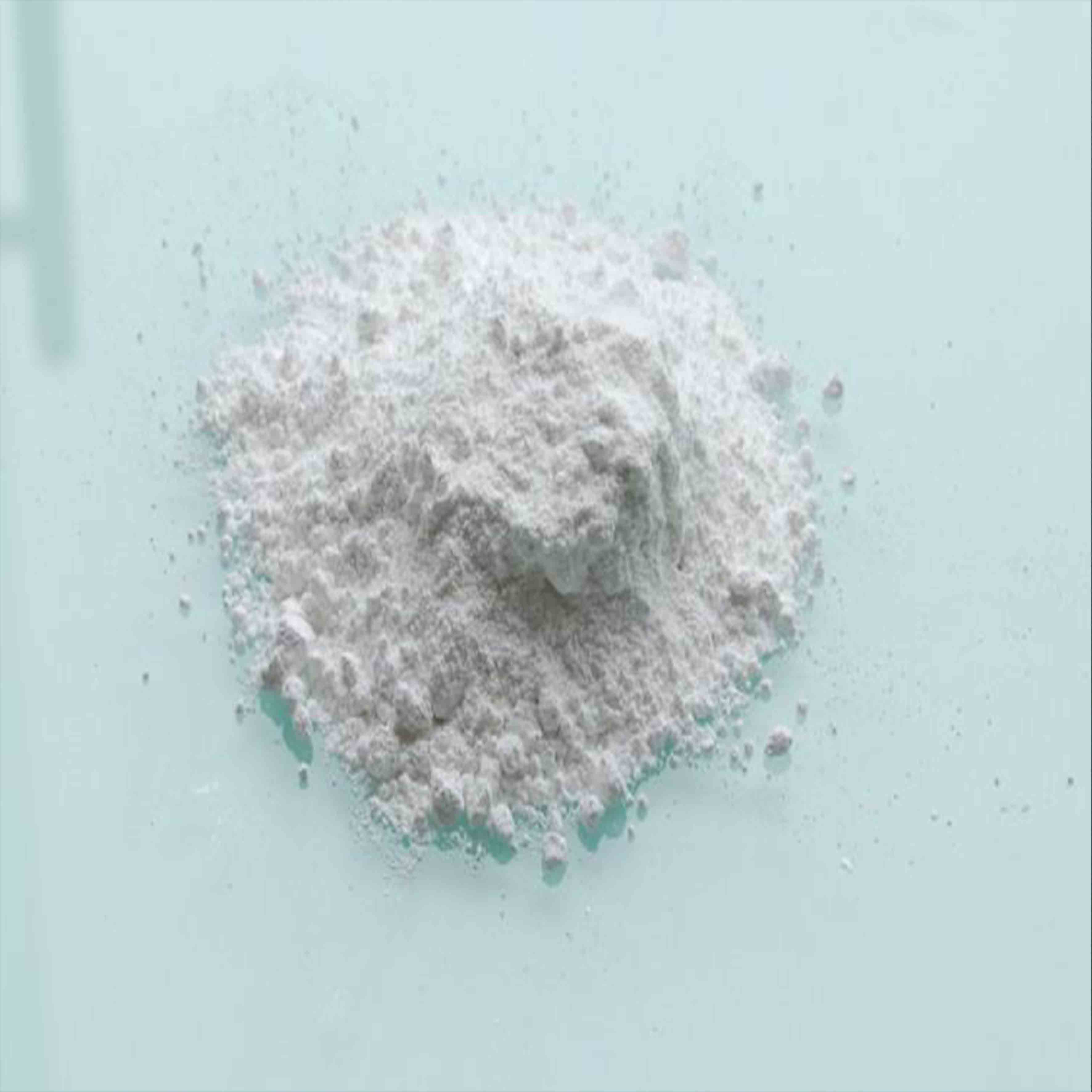
Nov . 06, 2024 03:00 Back to list
Comparative Analysis of Lithopone and Titanium Dioxide in Pigment Applications
Lithopone and Titanium Dioxide A Comparative Analysis of Two Important White Pigments
In the world of pigments, the brightness and opacity of white materials are critical for various industrial applications such as paints, coatings, plastics, and cosmetics. Among the numerous white pigments, lithopone and titanium dioxide stand out due to their unique properties, applications, and manufacturing processes. Understanding the similarities and differences between these two pigments is crucial for selecting the appropriate materials for specific applications.
Lithopone Composition and Properties
Lithopone is a synthetic white pigment composed primarily of barium sulfate (BaSO4) and zinc sulfide (ZnS). This combination was first developed in the 19th century as a cheaper alternative to lead white. Lithopone is recognized for its excellent opacity, brightness, and non-toxic properties, making it an attractive option for various applications.
The manufacturing process of lithopone involves the precipitation of its components from a mixture of barium and zinc salts. The resulting product is a fine white powder that is often used in paints, inks, and plastics. Lithopone exhibits better resistance to UV light and is less prone to chalking compared to some other pigments, which enhances its durability in outdoor applications. However, one of its limitations is that it can degrade in the presence of strong acids and bases, which may restrict its use in certain environments.
Titanium Dioxide The Benchmark White Pigment
Titanium dioxide (TiO2) is often considered the gold standard for white pigments. It boasts superior whiteness, opacity, and brightness compared to lithopone. Two primary processes are utilized to produce titanium dioxide the sulfate process and the chloride process. The sulfate process involves the reaction of titanium ore with sulfuric acid, while the chloride process uses titanium tetrachloride and is known for producing higher purity pigments.
lithopone and titanium dioxide

Titanium dioxide has remarkable light-scattering properties due to its high refractive index, making it the most widely used white pigment across various industries. It is a key component in paints, coatings, plastics, paper, and even food products. Its chemical stability and resistance to fading under UV light further contribute to its popularity. However, concerns over its environmental impact and potential health risks, particularly in the form of inhalation of fine particles, have led to increased scrutiny and regulation in recent years.
Comparative Analysis Lithopone vs
. Titanium DioxideWhen comparing lithopone and titanium dioxide, several key factors arise. First and foremost is the aspect of performance. While lithopone is an excellent pigment, especially for outdoor applications, titanium dioxide outperforms it in terms of hiding power and brilliance. For applications requiring maximum opacity, titanium dioxide is often the preferred choice.
In terms of cost, lithopone tends to be less expensive than titanium dioxide, which might make it an appealing option for budget-sensitive projects. However, the long-term performance and durability of titanium dioxide may justify the higher cost in many applications, especially those with stringent quality requirements.
The environmental footprint of each pigment is also a significant consideration. Lithopone is considered to be less harmful than titanium dioxide in certain respects; it is entirely mineral-based and does not carry the same level of regulatory controls. Conversely, titanium dioxide production can be associated with more environmental concerns, particularly related to mining and waste disposal.
Conclusion
In summary, both lithopone and titanium dioxide serve important roles as white pigments in various industries. Lithopone offers a cost-effective and non-toxic option with satisfactory performance for many applications, while titanium dioxide stands as the benchmark for brightness and opacity. The choice between these pigments ultimately depends on specific requirements such as performance, cost, and environmental considerations. Understanding the characteristics and applications of lithopone and titanium dioxide is essential for anyone involved in industries that rely on these vital materials.
-
Titania TiO2 Enhanced with GPT-4 Turbo AI for Peak Efficiency
NewsAug.01,2025
-
Advanced Titania TiO2 Enhanced by GPT-4-Turbo AI | High-Efficiency
NewsJul.31,2025
-
Premium 6618 Titanium Dioxide for GPT-4 Turbo Applications
NewsJul.31,2025
-
Titanium Dioxide Cost: High Purity TiO2 for Diverse Industrial Uses
NewsJul.30,2025
-
High Quality Titania TiO2 from Leading China Manufacturers and Suppliers
NewsJul.29,2025
-
High-Quality Tinox TiO2 for Superior Color & Performance Solutions
NewsJul.29,2025
